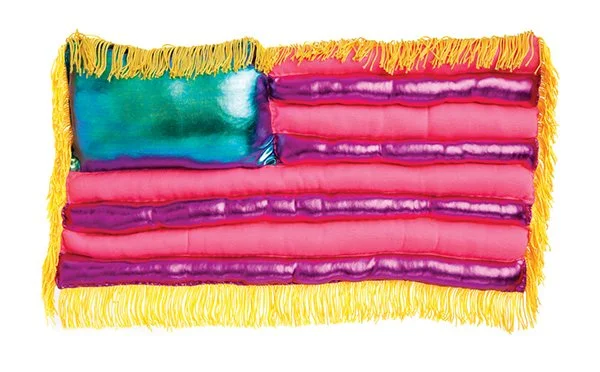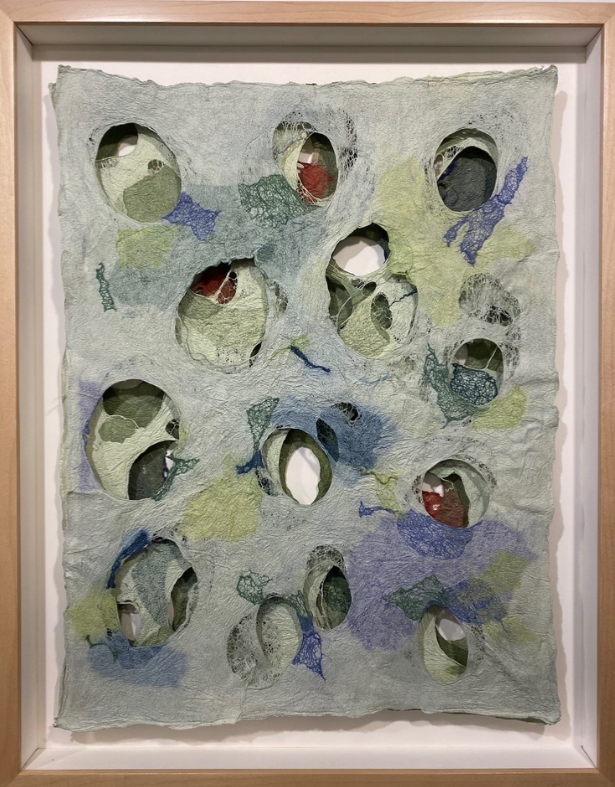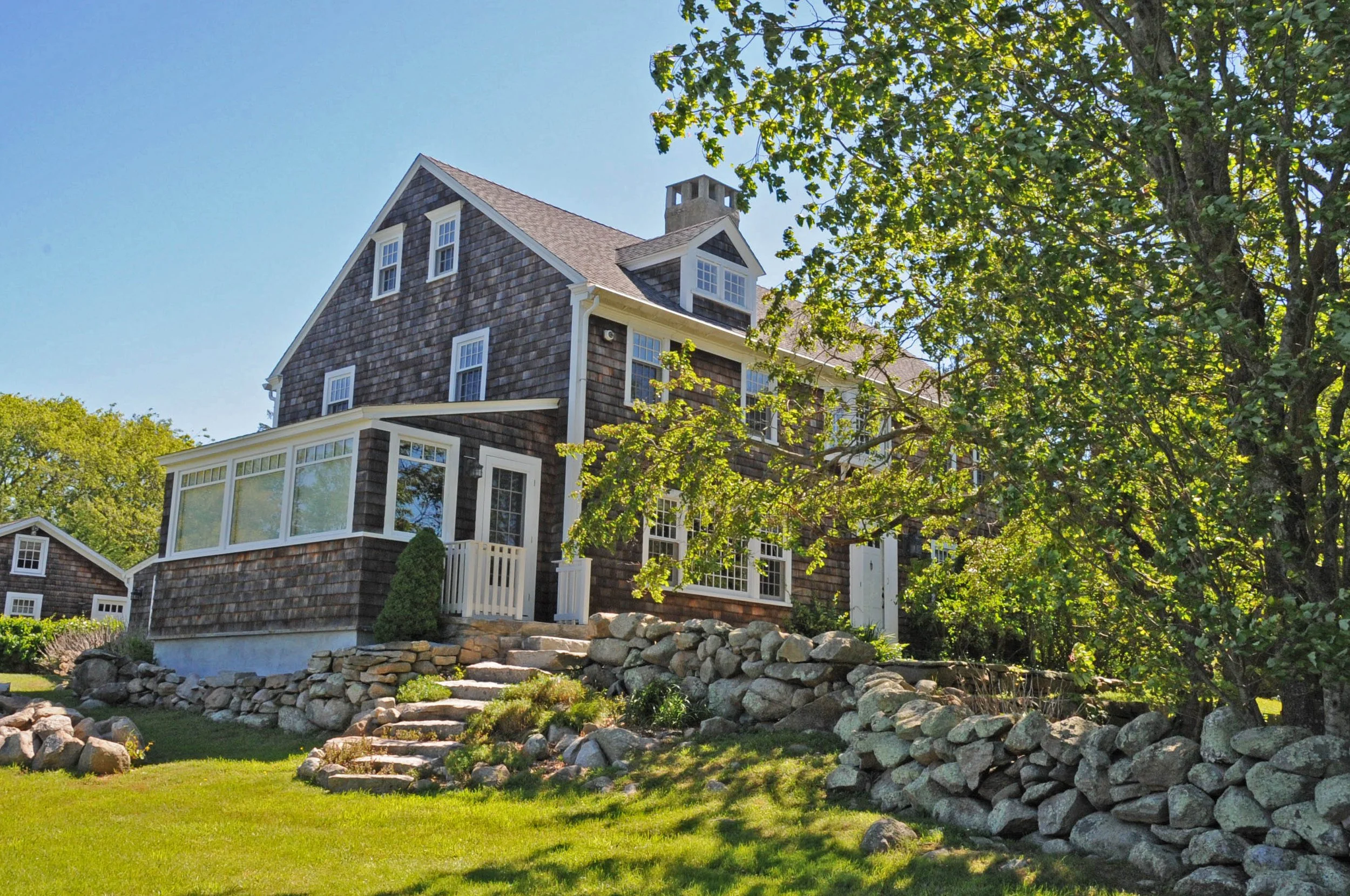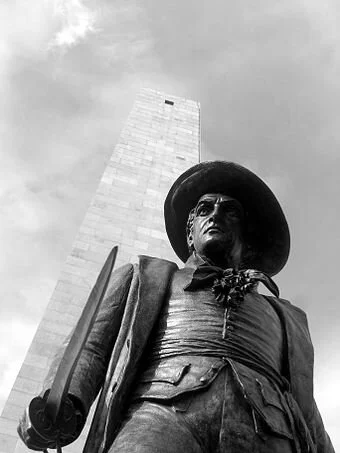Via ecoRI News (ecori.org)
CHARLESTOWN, R.I. — Two bills recently approved by the Rhode Island General Assembly support the construction of taller buildings along the Ocean State’s shoreline, which, according to some municipal planners and building officials, would essentially result in the walling off of the coast.
The bills passed in the House and Senate on June 23, the last day of the 2018 legislative session. The bills now await the governor's signature. If signed by the governor, the new law would go into effect March 1, 2019.
The Rhode Island Builders Association is using the state’s desire to replace Federal Emergency Management Agency (FEMA) flood maps with more detailed Coastal Resources Management Council (CRMC) maps as a way to “dramatically increase building height along the coast,” Charlestown town planner Jane Weidman said.
She noted that the bills would essentially increase structure size in coastal areas that are increasingly susceptible to sea-level rise, more frequent and intense storms, and other climate-change impacts.
“It’s not good planning practice in general to build homes that block the shore and obstruct the view,” Weidman said. “We should be retreating or moving away, not promoting larger structures in flood zones. Why do we want to be massing up the most sensitive areas we have?”
The Charlestown Town Council adopted a resolution opposing Senate bill S2413 and its companion House bill H7741. The council, along with Weidman and Joe Warner, the town’s building/zoning official and its floodplain manager, are against altering the state definition of “building height” to allow measurement from base flood elevation instead of existing-grade elevation.
Rhode Island building height has for years been measured from the average natural grade, or from the ground itself, according to Weidman. Under the proposed bills, that way of measuring would stay in the state Zoning Enabling Act of 1991 for all new structures except those being built in flood hazard areas, which would automatically be allowed to go to an elevation equal to base flood elevation as the measuring starting point, she said.
“This new bill would allow for three to three and a half floors instead of two,” Warner said. “We promote elevating above base flood elevation and the changes we made two years ago are working well. This bill isn’t adding any incentive or benefit for flood protection or protection against extreme weather. It does nothing to protect buildings from damage. We’d be building elevated mansions.”
Building and planning officials in South Kingstown, Westerly and Narragansett share similar concerns.
ecoRI News reached out to both CRMC and the Coastal Resources Center at the University of Rhode Island to get their take on the two bills. The Coastal Resources Center said it didn’t have anyone who could speak in depth about the bills. CRMC acknowledged the request, but didn’t supply a response.
The Conservation Law Foundation testified in April in support of the House bill.
Having the state go from using FEMA maps to CRMC maps to identify flood zones isn’t the problem the Rhode Island chapterof the American Planning Association (APARI) and others have with the bills. The concern is with other wording that has been slipped in and what that could mean for both the look and vulnerability of Rhode Island’s coast.
“This is a lousy bill that will give wealthy land owners the right to block off the shore,” said Weidman, co-chair of the APARI’s Legislative Committee. “Municipalities, and neighbors on the land side, are either going to face higher structures within flood hazard areas or are going to have to amend their zoning codes to reduce total heights in these areas.”
During the 2016 General Assembly session, the state’s definition of building height was debated by planners and builders and eventually amended. Among the major changes made was to allow any property in a flood hazard area to have its building height measured in a way that excludes up to 5 feet of freeboard. Measured in feet, freeboard compensates for flood heights and wave action by raising a building.
This change provided an incentive for property owners in flood hazard areas to go higher than 1 foot above base flood elevation, which is the current requirement in the state building code. It’s a good law and it’s working, Warner said.
The so-called “freeboard bill” passed without noticeable opposition from the Rhode Island planning community. Developers were happy, because, as freeboard height requirements increased in recent years, they said local height restrictions were limiting building.
The 2016 bill that was adopted, however, was much different than the original ask. Builders wanted more, Weidman said, and these two current bills resurrect some of that old language, including “for any property located in a flood hazard area, the building height shall be measured from the base flood elevation.”
Both Weidman and Warner recently told ecoRI News that the bills’ provision requiring that building height in flood hazard areas be measured from base flood elevation should be removed, as it was two years ago.
“This bill tells us how to measure height,” Warner said. “Each community should be free to decide what works best for it. This bill would increase the risk of wind damage to the larger buildings it would allow."
They both agreed that the current definition doesn’t need to be changed, and if it were to be by these bills, it would result in a dramatic change in how building height is defined and, without corresponding changes to a municipality’s building-height limits in coastal zones, would result in buildings with excessive height and bulk along Rhode Island’s coast.
Weidman is worried that the concerns of planners and builders will again be ignored by those on Smith Hill.
“There’s no pushback against the builders. We don’t have that standing in the General Assembly like they do,” she said. “We can’t get our bills out of committee. These bills are a complete giveaway to builders.”
Warner is concerned too few people, most notably municipal planners and building officials, understand the true impact these bills will have if they pass.
“There has been no real thought of the bills’ consequences,” he said. “There will be plenty of uproar when building permits are pulled and neighbors see the size of beachfront homes to be built.”
For instance, Warner noted that the maximum building height in Charlestown is 35 feet, plus up to 5 feet of freeboard in flood hazard areas. If the Rhode Island Builders Association-supported bills are passed, he said Charlestown could see buildings as high as 56 feet along the shore.
“It’s about economic development,” Weidman said. “It’s not about good growth, good land use, or good environmental practices. It’s all about economic development. Our land use needs to be done in a comprehensive manner, not caving to what builders want.”
Frank Carini is editor of ecoRI News.


























